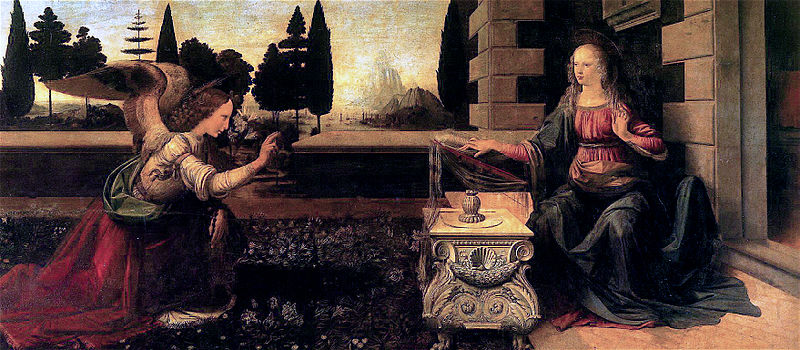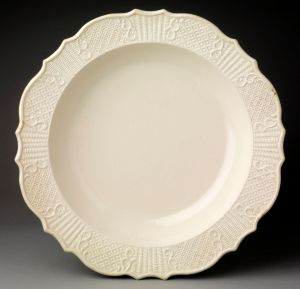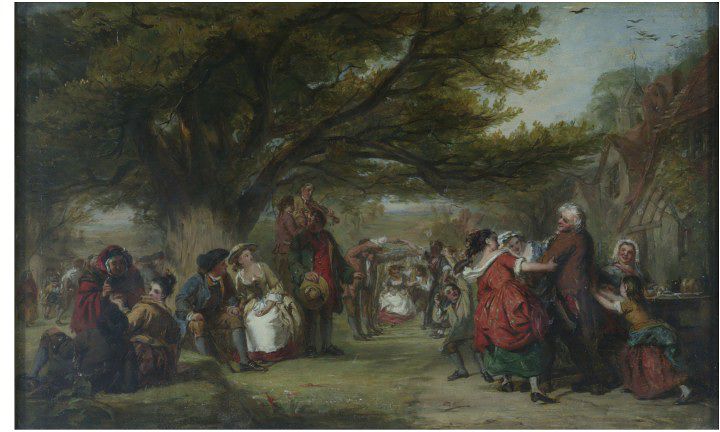Almost our shortest day, the sun didn’t rise until after
8am. Son out the door delighted it’s the last day of term and off I waddle in
wellie boots with mudlarking rucksack, to lower the tone of the train bearing
city workers.
What a glorious day, the reflective light was almost
blinding on the foreshore.
Bumped into
Jason and linked up with London Mudlarker. A lovely lead cloth seal, my find of the
day, softened the blow of losing my
first ever jetton a few weeks ago. It had slipped through a hole in my bag.
That will teach me. The small and metal
require a different storage strategy,
the casual bung them in a plastic bag will no longer do.
Fortunately the jetton hadn’t washed away and was found a
week later by one of the Thames Discovery crew. So you can fully commiserate
with my loss, you can see it in all its glory via this link.
So, the lead cloth seal. It’s big and complete with lots of clues.
A crown on the front, with something else beneath perhaps a shield/coat of
arms.
 |
| Mudlarking Find: Cloth Seal possibly from late 15th Century |
On the reverse is a small rose and what looks like lettering an ‘A’, ‘H’ – can’t tell.
Then on the band is a little star or sun (top left hand side).
I've found a similar one on the portable antiquities scheme site here. It could date from as far back as 1474. The time of all that Renaissance art in Florence.
 |
Annunciation Leonardo da Vinci 1473-1475 |
In England the war of the roses was in full swing and and Edward IV was on the throne
and was the decade when William Caxton established his printing press in London. There were 3 million people in England.
Earlier I’d found one of those cute tiny money box tops dating from Shakespeare’s time.
 |
| Edward IV (Wiki) |
Earlier I’d found one of those cute tiny money box tops dating from Shakespeare’s time.
 |
| Mudlarking Find: Money box top from 1580 - 1620 |
They are associated with theatres, many were found when the Rose theatre was excavated in Southwark London. Entrance fees would be collected in the box. The coins could only be extracted
by breaking the pottery money box. It is thought these small globular vessels gave their name to the 'box office'.
 |
| 16th or 17th Century Surrey Border ware Money Box (Museum of London) |
It was the also a day of delft. An unusual piece with vivid
polychrome on both sides, I suspect this might be Italian Fience (tin glaze) rather than English delft.
Followed by a plate shard with crude chequered pattern
And part of a delft picture tile.
And then I came across a little fella
Finally went off to collect more pipes, white china and
shell edged pearlware for the mosaic. I hope to spend a few days over the
holiday period ensconced in that shed, a hectic period of work having enforced a
fortnight’s break.
Met up with Jason again, he had kindly pocketed this hand
painted shard knowing I’m a sucker for those smashed bits of pottery.
I also snuffled up a few pieces of a mudlarker’s caste
offs, the thin delicate handpainted
neck of Chinese export porcelain my favourite.
Then off for a post mudlarking coffee and cake with London
Mudlaker, passing the guy who has spent the last year decorating chewing gum
with enamels all the way along the Millennium bridge.
As we gazed at St Pauls and watched a traditional tug boat pull it’s load of yellow metal crates up the river, we eulogised about London. We’re both so pleased that this mudlarking passion pulls us down to London’s belly so regularly.

























































